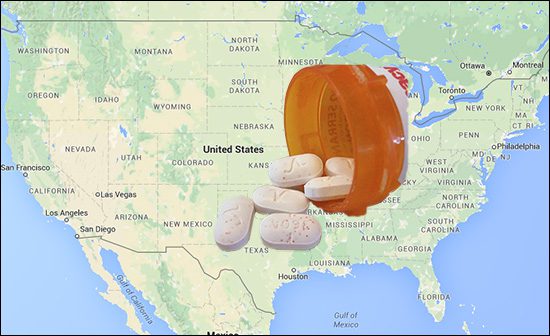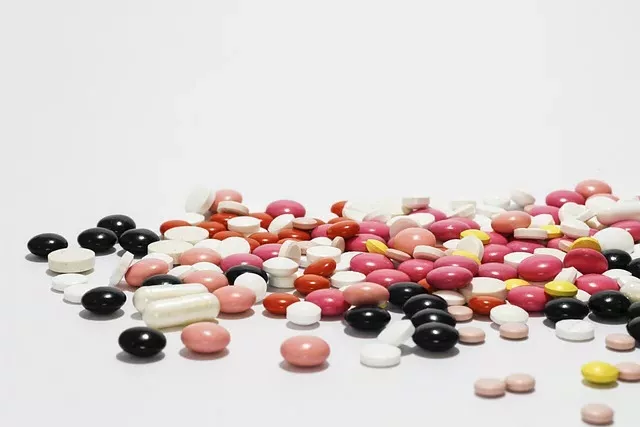In rural Southeastern Indiana, the city of Austin is home to a small community of 4,200 citizens. The quaint township has had an operating post office since 1854. Now, however, the city is home to one of the worst outbreaks of HIV in U.S. history.

According to an official report by the Centers for Disease Control and Prevention (CDC) in 2015, prevalence of the disease rose to a staggering 4.6 percent of the population.
Why is Opana Dangerous?
What’s unique about this particular HIV outbreak, though, is its link to Opana ER, a prescription opioid painkiller twice as powerful Oxycontin, manufactured by Endo Pharmaceuticals.
Endo’s original Opana formulation gained approval from the Food and Drug Administration (FDA) in 2006. Shortly thereafter, communities around the country began to receive reports of abuse and overdoses.
Some users discovered that crushing and snorting an Opana pill released all 12 hours of the medication’s time-release opioids in one potent dose. As a result, many people prescribed the easily abused drug quickly developed an addiction to it.
Despite the troublesome issues surrounding Opana or maybe because of them, sales of the medication generated $384 million in profits for Endo Pharmaceuticals in 2011, according to the Securities and Exchange Commission (SEC). In 2012, however, Endo reformulated Opana and marketed the painkillers as “crush-resistant.”
Devin, a 26-year-old resident of Austin, Ind., told NPR, “The pharmaceutical company, they changed it so you can’t crush them and snort them. Whenever they done that, that’s when everybody started shooting them.”
A single Opana pill can cost as much as $400 on the black market. Because of the high price, says John Brooks, a member of the CDC’s HIV epidemiology team, “people injected as little as possible to stop being sick, but it wore off quickly and they had to inject a lot.” The CDC report also noted that users injected the drug anywhere from 4 to 15 times a day.
Another Austin resident, Kevin Polly, told NPR that he injected Opana about five times a day on average and often shared needles. Polly tested positive for HIV in 2015, along with 189 others in Scott County, Indiana.
For its part, Endo Pharmaceuticals claims the formulation change to “crush-resistant” pills was to curb abuse and improve its safety. Yet, in August of 2012, Endo petitioned the FDA to halt or withdraw any approved generic forms of Opana by other drug makers, asserting that the new “crush-resistant” formulation amounted to a new form of the medication.
Julie McHugh, CEO of Endo during this period, admitted in a signed declaration that “…net sales will decrease by an amount up to $135 million…” if generics were allowed into the market.
A year later, the FDA ruled against Opana. The federal agency decided the new formulation of Opana did not significantly prohibit abuse of the medication. “…investigations also suggest the troubling possibility that a higher percentage of reformulated Opana ER abuse is via injection than was the case with the original formula,” says the FDA report.
Is the Situation Getting Better in Indiana?
Declaring a state of emergency in 2015, officials in Indiana set up temporary needle exchange sites that also provided information about drug treatment. The program, just one year old, is now underfunded and nowhere near what it was previously.
Many of those in the Austin area struggling with addiction face long wait lists for treatment or for appointments with doctors certified to prescribe Suboxone, a medication proven to help people stop abusing opioids.
This small town in the American heartland is another casualty of the opioid epidemic facing the country. Like other pharmaceutical companies, Endo couched its reformulation of Opana, designed to make profits, in the need for safety.
The collateral damage this time is that users who were coping with an opioid addiction might now be battling HIV as well.
Related:
Do Opioid Abuse Deterrent Drugs Like Opana Really Work?





